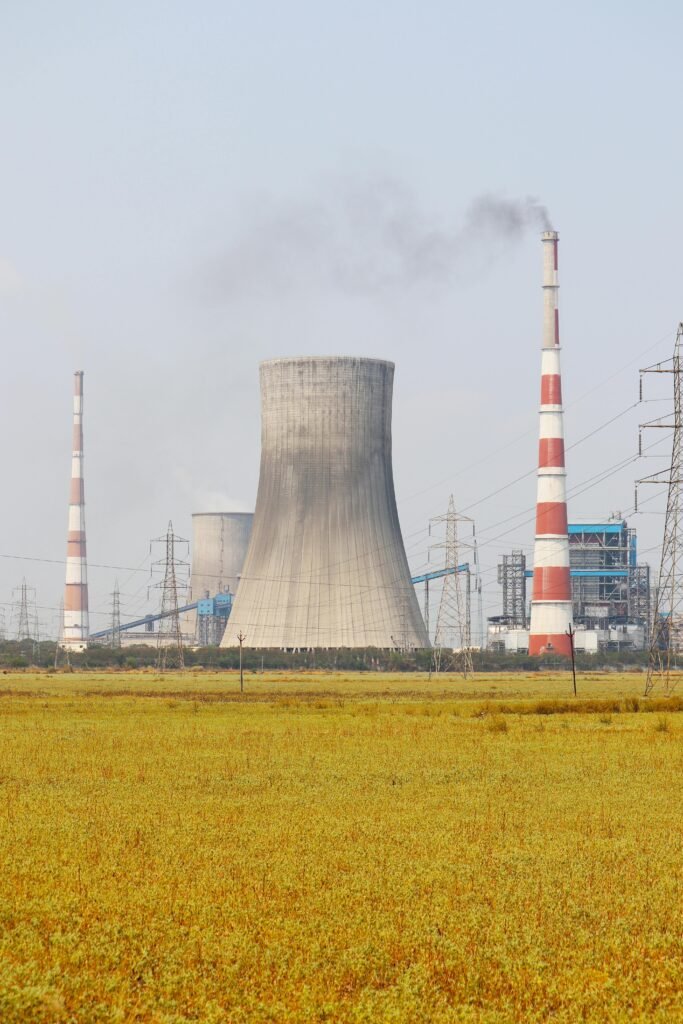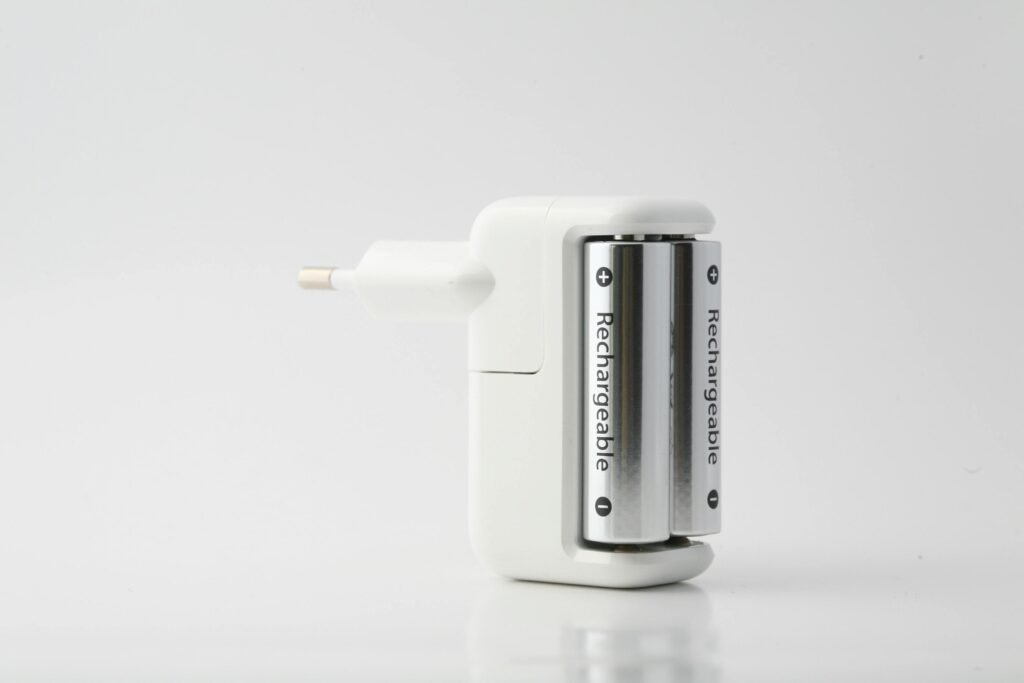Understanding Air Quality
Air quality refers to the condition of the air within our environment, more particularly in relation to harmful substances that lead to damaging a person’s health and wellbeing. It plays an important role in protecting human’s health as well as integrity of ecosystems. We need to make sure that our air quality is good. This is because polluted air can cause respiratory issues, cardiovascular diseases, and can have negative effects on vulnerable populations such as children and the elderly.
But, first let us see, what are the common pollutants contributing to poor air quality? These include particulate matter (PM), carbon monoxide (CO), nitrogen dioxide (NO2), sulfur dioxide (SO2), and volatile organic compounds (VOCs). Particulate matter can be particularly harmful since it penetrates into the lungs and even reaches the bloodstream, causing different complications in health. Smoke from fires ignited by wildland fires, vehicle emission, and industrial discharge are the strong sources of these particles. These particles can remain suspended in the air for long periods, presenting a constant threat to air quality.
Dust is another major pollutant, which is observed to be coming from construction sites and unpaved roads and in agriculture. The same applies for chemicals, which are sometimes contained in household products, and these can lead to indoor air pollution. When houses and offices lack enough ventilation, such harmful substance can accumulate, making it even worse. Some symptoms that show poor air quality should be identified, and common symptoms include persistent coughing, itchy eyes, and difficulty in breathing.
Also, the effects of poor air quality are much more than the health implication to an individual. Environmentally, it destroys habitats and ecosystems and climate. So, this indicates that efforts to improve air quality are necessary for both personal and communal healthiness. Knowing the air quality helps individuals make appropriate decisions about their environment and health. Thus, it will help in building a more sustainable future.
Indoor Air Quality Improvement
In order to maintain healthy environment, we need to improve our indoor air quality. There are many simple actions that can significantly improve air quality within our homes and buildings, thus making it easier to breathe and reducing risks of health problems.
The most direct way to improve indoor air quality is through opening windows for the inflow of fresh air. The practice is useful in diluting indoor air pollutants, thereby lowering the levels of chemicals and allergens. Windows should be opened as often as the weather condition allows, especially during cool months or if the outside air quality is good.
Another very effective tool for removing allergens in homes is the use of air purifiers. This particular device captures dust, pollen, and pet dander, reducing the quantity of allergens in a household by significant amounts. A quality air purifier with a HEPA filter is a good investment, if you will, especially for sensitive individuals towards pollutants.
Not to mention that indoor plants could also bring healthier air qualities. Certain plants act like a natural purifier; these plants will absorb harmful elements and exhale oxygen, thus maintaining healthy air circulation. The spider plant, peace lily, and snake plant are ideal since they help to decorate a room as well as help create healthier air.
Preventing indoor smoking is one of the very necessary practices to maintain good quality of indoor air. Smoke of cigarette contains many toxic compounds. Toxic compounds degrade the quality of air as well as cause severe health risks to people who live in that place. A no smoking indoors policy is an absolutely efficient way to build up a healthier environment.
Lastly, regular cleaning is also very important. Dust settles pretty fast and degrades indoor air quality. Vacuuming carpets, curtain washing, and cleaning the surfaces with frequency are critical activities which remove dust from the places and allergens. Using these simple procedures, an individual can perform active tasks toward bettering air quality, thereby making life healthier and enjoyable.

Outdoor Air Quality Improvement
Improving outdoor air quality will improve the healthiness of communities and promote the overall well-being. One good method you can adopt in improving air quality is through the reduction of vehicular emissions. Using public transport instead of car drivers reduces the number of vehicles on the road, reducing toxic fumes from their exhaust. Cities and municipalities can encourage people to make use of public transportation through proper investment in reliable and efficient transport systems, that are thereby accessible and appealing to the public.
Another positive habit is cycling or walking short distances. Besides lowering the carbon footprint that is connected with car travel, this mode of transport has many physical health benefits for an individual. Cities can encourage the use of bicycles and pedestrian ways by having safe areas such as designated bike paths and walkable roads. The more people use such transport, the more people will leave their cars back home, hence improving air quality outside.
Apart from changing transportation habits, we must also focus on building green spaces. Planting trees and maintaining parks can impact the surrounding environment in a good way. Trees act as natural air filters by absorbing pollutants and carbon dioxide. At the same time, they also release oxygen into the atmosphere. Communities can take part in tree-planting initiatives, urban gardening projects, and help to preserve natural habitats in order to protect biodiversity. These efforts can help to beautify and also improve the outdoor air quality hugely.
More importantly, personal responsibilities are important in controlling air pollution. Simple lifestyle changes like less outdoor cooking and decreased use of gasoline-powered equipment can result in clean air. Generally, if all people take up such minute changes and support community action, there is a chance to remarkably improve the issues of poor air quality for everyone. Moreover, when people start working together for sustainable changes, it will, for sure, make some difference in the outdoor quality of air for local communities.

Getting Involved and Staying Informed
Improvement of air quality requires teamwork and an informed citizen who is actively involved in community-based initiatives. One of the most effective ways of making a difference is keeping oneself updated on local air quality reports. Many regions make it easy to access information tracking the levels of air pollution, including air quality indices that provide real-time information on pollutants in the atmosphere. These metrics will allow an individual to make good judgments about his outdoor activities and inspire others to do so.
People can also join local groups working for environmental sustainability. Many municipalities have organizations dedicated to advocacy for clean air and general environmental health. Engagement with such groups can help you find out more about air quality problems in your community and creates channels for collaboration on projects working towards reducing air pollution. The projects can include tree-planting activities, community clean-up, and education workshops that will contribute to a cleaner atmosphere.
Another aspect is to support policies that protect the environment. Many municipalities have organizations dedicated to advocacy for clean air and general environmental health. Engagement with such groups can help you find out more about air quality problems in your community and creates channels for collaboration on projects working towards reducing air pollution. The projects can include tree-planting activities, community clean-up, and education workshops that will contribute to a cleaner atmosphere.
Taking direct action towards improving air quality is an individual and community action. By working together with like-minded citizens, making positive initiatives, and promoting positive policies, change can be achieved around one’s surroundings. These collective efforts help us build a healthier environment, providing cleaner air for all community members.
Do share your thoughts by commenting below.






